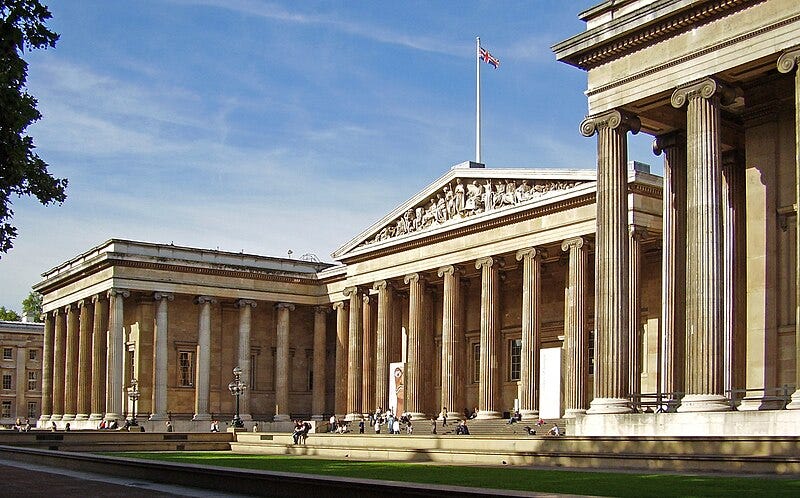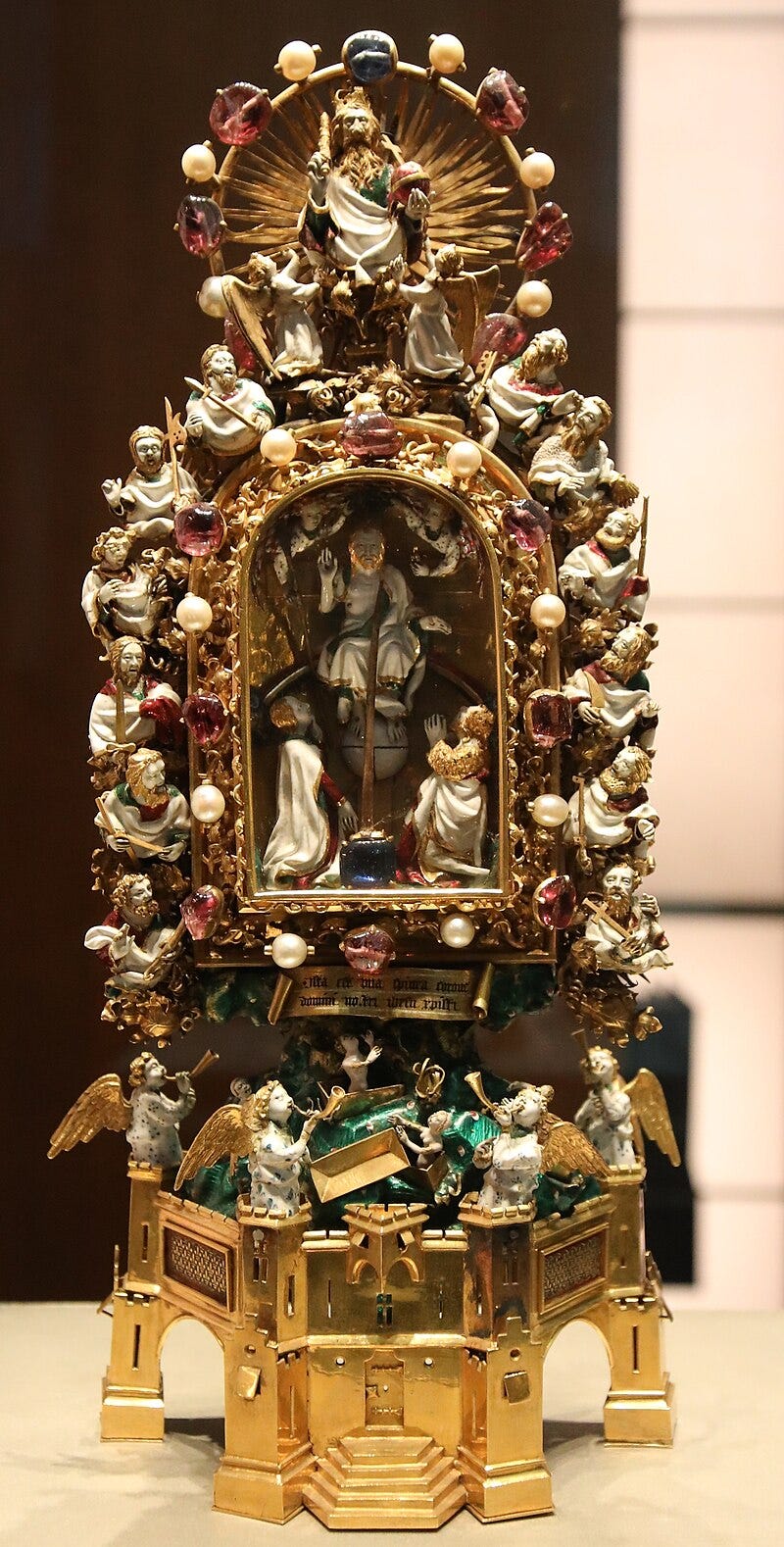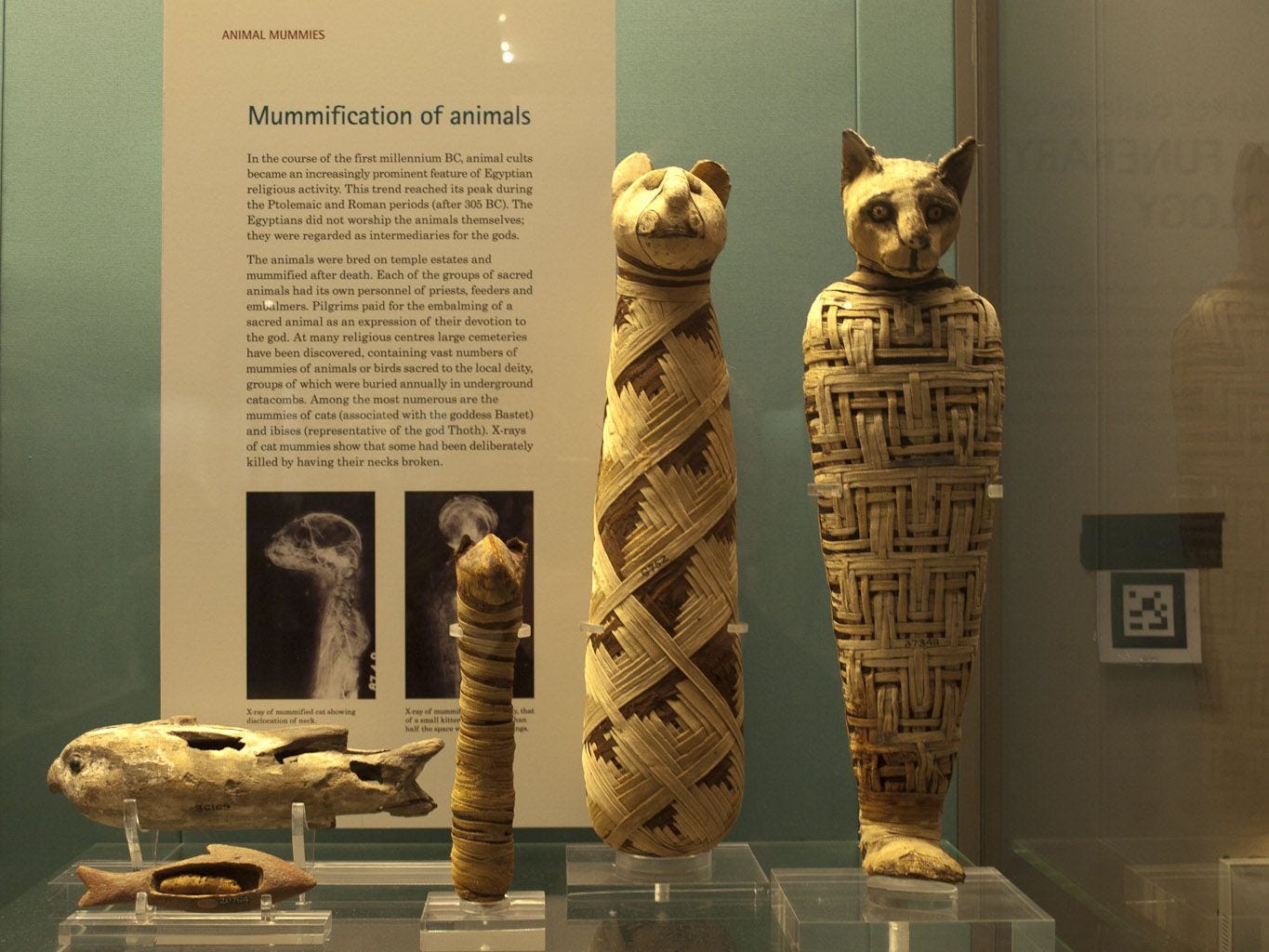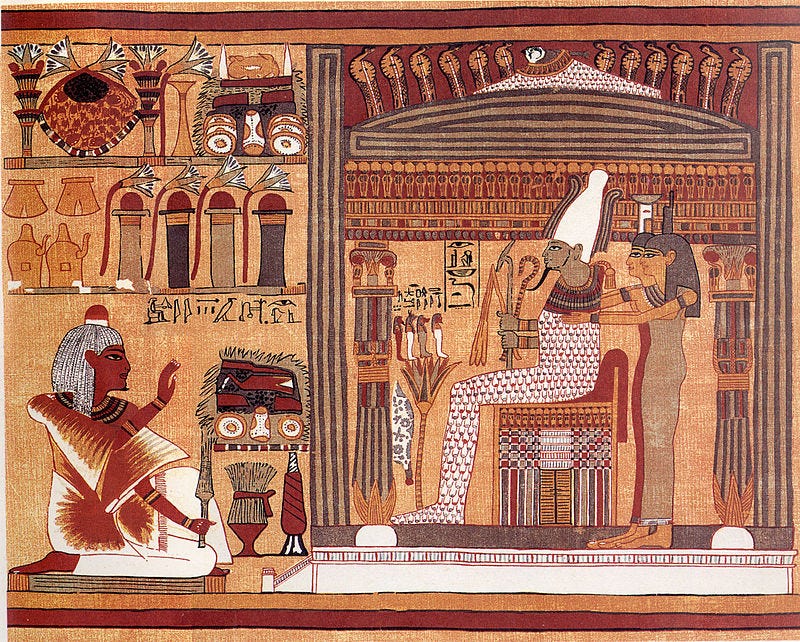Beauty Under Cross-Examination
Thirty British Museum treasures and the case for keeping or giving back.
Empires fall, kings vanish, but inside the British Museum thirty voices of civilization still argue about who we are and what we owe the dead.
Walk in and the scale hits you first. Not just the glass canopy and the white stone, but the feeling that human history has been packed into a single building and told to make sense. Some objects sing. Others accuse. All of them demand time.
A quick truth before we start: this place is brilliant and complicated. Many treasures arrived through conquest, purchase under empire, or “safe keeping.” Admire them, yes. Also ask the hard questions. That tension is part of the story.
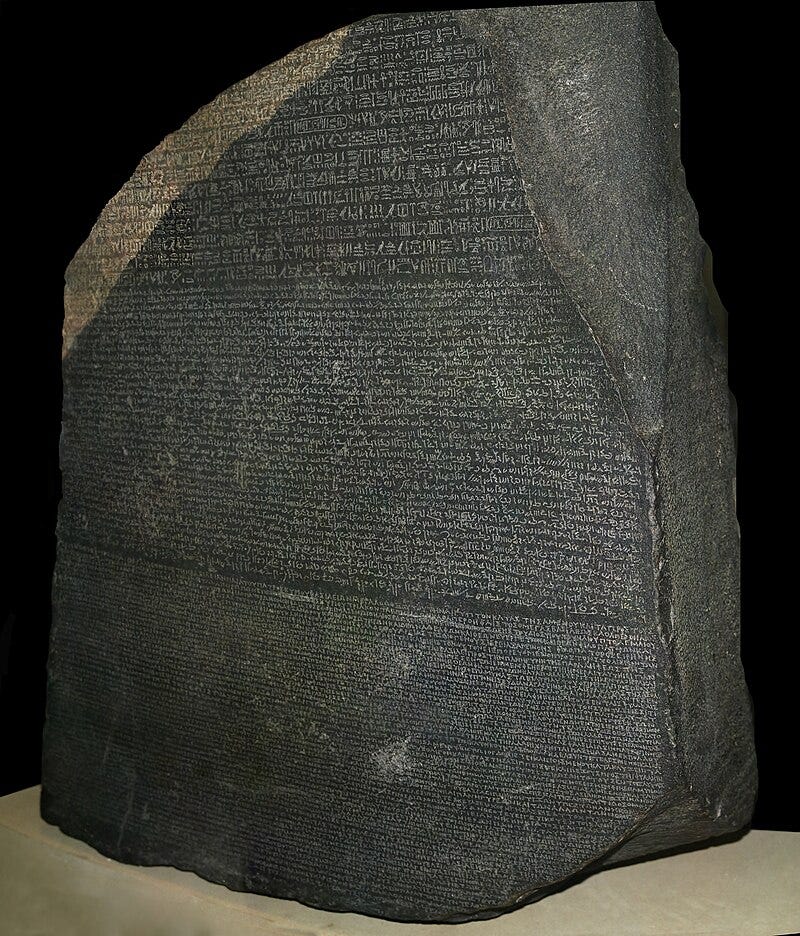
Our route begins where written Egypt wakes up. The Rosetta Stone stands like a stubborn door finally pried open. Greek, Demotic, and hieroglyphs carry the same decree for Ptolemy V. Crack one script and two worlds follow. Without it, the Nile’s past stays mute.
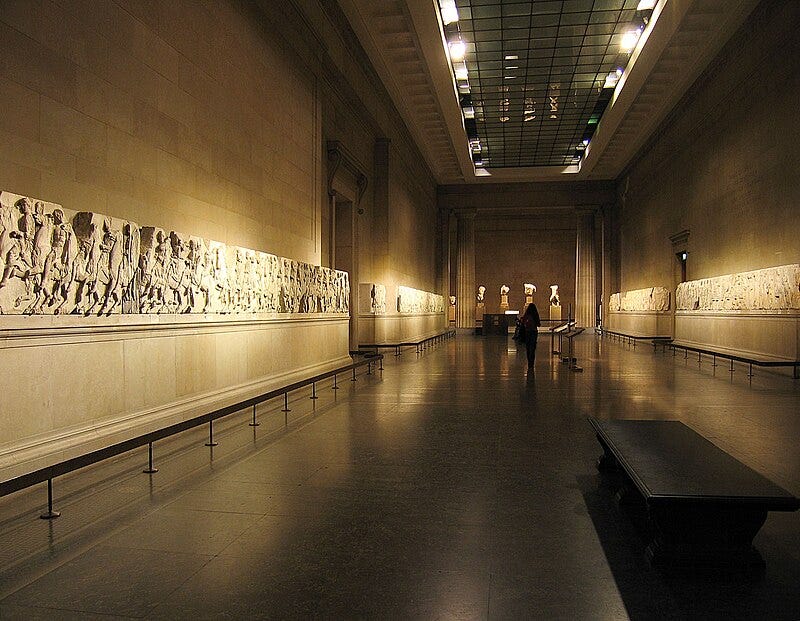
Step from words to marble. The Parthenon sculptures still move, even decapitated by time. Centaurs brawl. Horse necks arch. Drapery clings like wet cloth to the bodies of gods and citizens. You read a city’s ideals in muscle and rhythm.
Gold glows in a quieter key. The Holy Thorn Reliquary is a jeweled argument for eternity. Parisian enamel, tiny saints, the wound-marked Christ, and at its heart a single thorn said to pierce the brow of God. Medieval faith made portable.
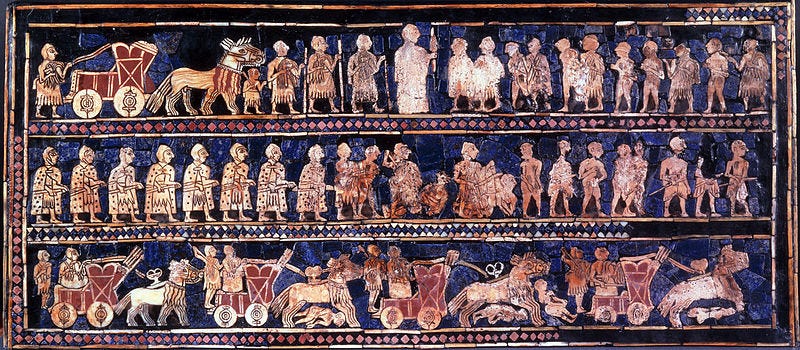
Across the gallery, the Standard of Ur turns war and peace into two rectangles of lapis and shell. One side bleeds chariots and crushed bodies. The other side drinks. The king is tallest in both. Old stories, familiar patterns.
Then the room starts to grin at you. The Lewis Chessmen stare with bug-eyed resolve. Walrus ivory, whale tooth, and the kind of comedy that only looks funny from a distance. In the 12th century these faces meant power, patience, and pressure.
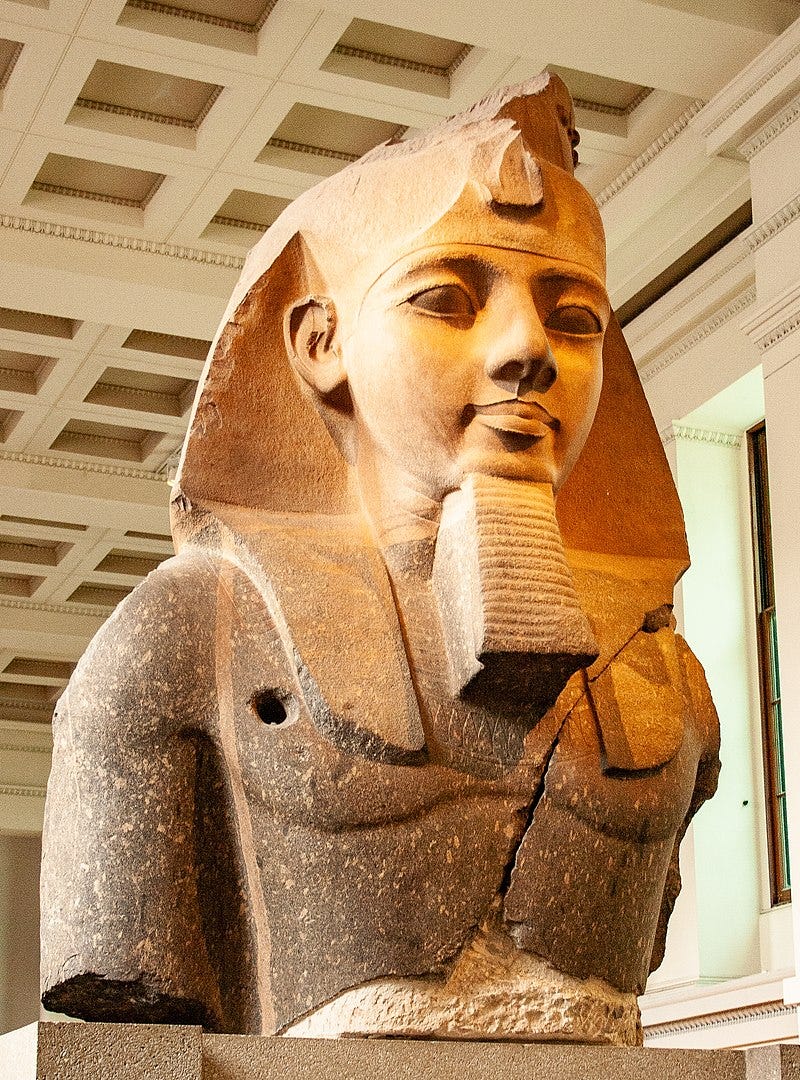
Power can be a single head. The Younger Memnon, the colossal granite face of Ramesses II, sits like a verdict. Nemes headdress rippling. Lips set for the ages. You feel the quarry dust, the river journey, the long night out of Thebes.
Egypt keeps tugging you back. Human mummies rest beside animal mummies, a cross-section of belief and biology. Linen, resin, and the calculation that the body must endure if the person is to go on. Science meets hope on a cedar board.
One woman has a name. The mummy of Katebet, once a Chantress of Amun, lies with dignity carved by time. Her coffin was built for a man and adapted for her. Even in death, she had to make do with what the world allowed.
Unroll the afterlife. The Papyrus of Ani, the Book of the Dead at its most complete, runs like film. Spells, gates, trials, the weighing of the heart against a feather. The ancient thesis: your life will be measured, and the measurement will be fair.
Continue reading below the paywall…


